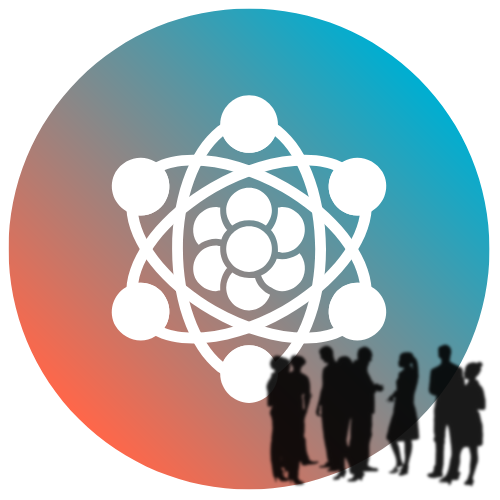Switching to VoIP is often framed as a cost-cutting move. It is—but that’s only the surface. The deeper story lies in how the economics of communication have changed. When voice becomes data, the math shifts from minutes and hardware to bandwidth, flexibility, and strategic reach. Understanding those layers helps business buyers move from “cheaper phones” to “smarter infrastructure.”
The immediate arithmetic: cost out, value in
The first round of savings is easy to quantify.
- Call charges drop — VoIP sends calls over the internet instead of circuit-switched networks, slashing long-distance and international rates by 50 % or more.
- Hardware fades — cloud-based systems replace on-site PBXs, reducing capital expense and ongoing maintenance.
- Unified networks — one backbone for voice and data means fewer contracts and technicians to manage.
- Predictable pricing — subscription models flatten spikes; upgrades come as part of the plan rather than surprise capital outlays.
Those efficiencies alone can move communications from a budget headache to a controllable service line. But they aren’t the end of the calculation.
The hidden costs of migration
A mature cost model includes friction—because change always carries it.
1. Network readiness.
High-quality VoIP needs clean bandwidth and stable latency. Businesses often underestimate what network tuning costs: switches, routers with QoS, or even fiber upgrades. The payoff is lasting, but the line item still matters.
2. Training and adaptation.
Every new interface steals a few hours from someone’s week. Admins need provisioning skills; employees need muscle memory. Productivity dips briefly before the gains land.
3. Integration work.
Tying VoIP into CRMs, ticketing systems, or call analytics may require developer time or middleware subscriptions. The return is strong—automatic call logging, faster follow-up—but up-front cost is real.
4. Parallel systems.
Few migrations flip overnight. Maintaining both legacy and new systems for a quarter or two doubles spend temporarily, even as it reduces risk.
Smart organizations budget for these phases openly instead of pretending they won’t happen.
The long game: economic multipliers
After migration, the savings compound in less visible ways.
1. Scalability without friction.
Hiring sprees, seasonal surges, or new branch openings no longer trigger phone-system projects. Adding a user is often as simple as toggling a license. The cost curve turns variable, matching staffing levels.
2. Remote work resilience.
When a storm closes offices or a team goes global, cloud-based voice keeps rolling. Downtime carries a hidden cost in missed opportunities and damaged trust; VoIP’s portability cushions that loss.
3. Data as an asset.
Call analytics feed operational insight—tracking response times, conversion ratios, even sentiment. That data translates into revenue optimization, not just efficiency. Traditional lines could never pay those dividends.
4. Carbon and real-estate impact.
Fewer physical systems, smaller server rooms, less travel for meetings: all shrink overhead beyond the IT line item. Sustainability may not appear on a balance sheet, but it increasingly drives procurement choices.
Understanding total cost of ownership (TCO)
A true economic picture spans at least three years.
TCO = (initial setup + training + network upgrades + licenses) – (savings from reduced telephony + avoided maintenance + productivity gains).
The break-even point often hits between months 12 and 18. After that, every call and every added feature costs marginally less than its legacy counterpart. For multi-site enterprises, the curve is steeper; for small offices, steadier but still positive.
Where many businesses miscalculate
They measure price per seat but ignore value per seat.
Two VoIP plans might differ by $5 per user, yet one includes analytics, call recording, and CRM hooks that improve conversion rates by 10 %. The cheaper line looks good on paper, but the richer one wins in practice.
They also overlook opportunity cost: the deals lost because customers couldn’t reach a rep, or the hours wasted juggling outdated systems. VoIP’s economics thrive on reclaiming those margins of time and trust.
The emerging horizon: AI, automation, and cost compression
AI-driven transcription, intelligent routing, and predictive bandwidth management are quietly redefining VoIP’s economic model again. Tasks once handled by supervisors—quality monitoring, compliance tagging, even coaching—are becoming automated. That turns a communications expense into a performance lever.
Meanwhile, bandwidth prices keep dropping and data-center efficiency keeps rising. The long-term trajectory points toward lower per-call cost and higher per-call value.
Making the numbers work for you
Before migrating, businesses should run a dual-lens analysis:
- Operational audit: map current telephony costs, maintenance contracts, and downtime incidents.
- Strategic forecast: project growth, remote-work ratios, and integration needs for three years.
Overlaying those views reveals not just if VoIP saves money, but how it supports the company’s shape in the future. The healthiest migrations aren’t led by accountants alone—they’re co-authored by IT, finance, and operations.
Final thought
The economics of VoIP are best measured in agility. Dollars saved matter, but so does the ability to redirect those dollars toward growth. Once voice becomes just another digital stream, it stops being a cost center and starts being an instrument—one that can amplify everything else a business is trying to do.






